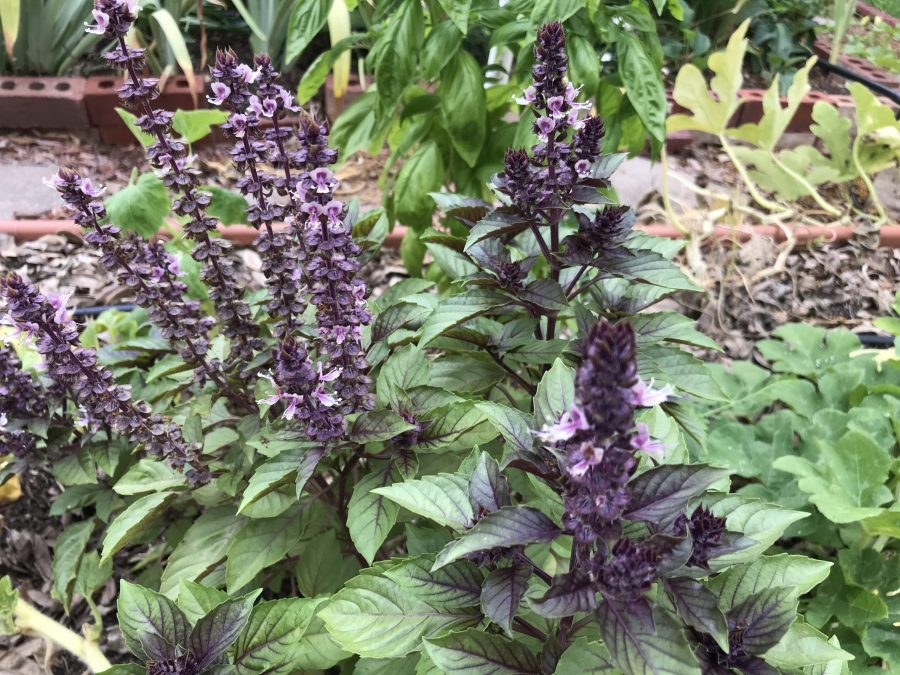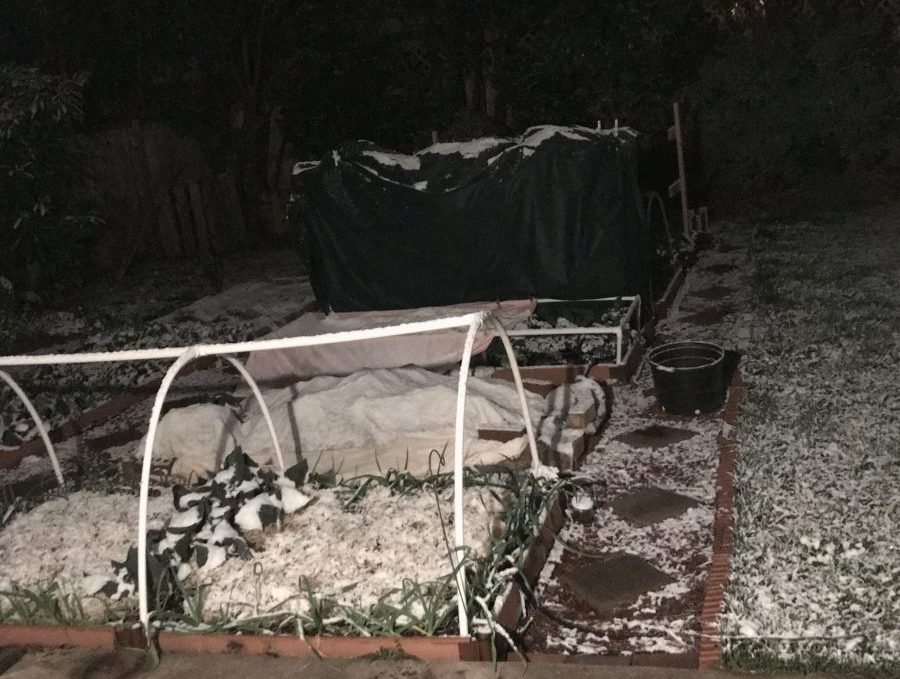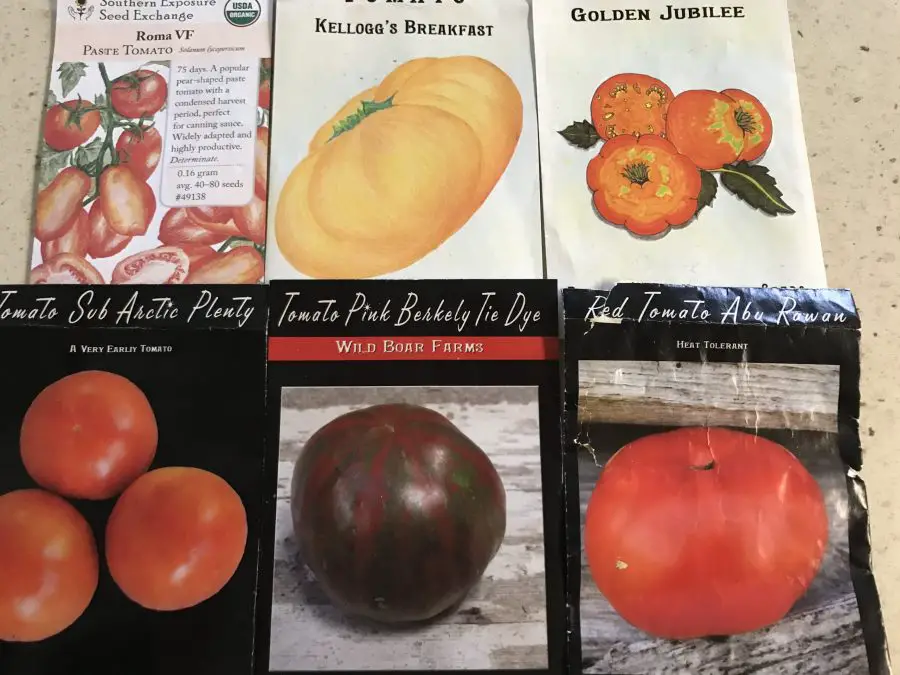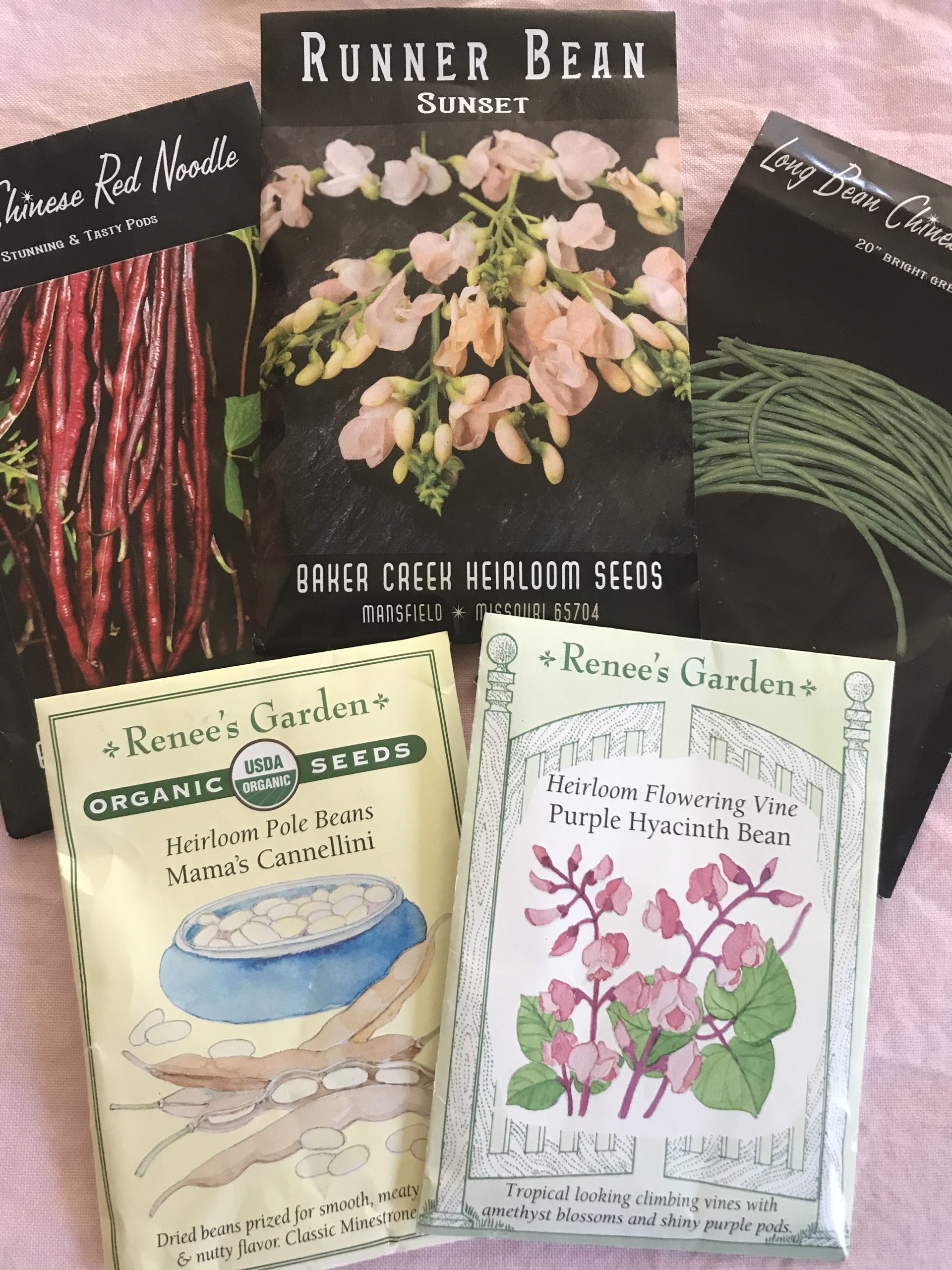Spring in Texas is a short-lived season. The transition from winter to summer happens almost overnight, and that if winter really takes place. For gardeners, spring garden is the time to wrap up the cool-season garden and get ready for the warm-season, which is rather a hot season. And here is how to garden in it.
When does the warm season starts?
The warm season is marked by day temperatures ranging between 75F(23C)- 80F (27C), and night temperatures between 50F (10C) and 70F (21C). It starts mid-March through April. However, central Texas spring is not stable as the temperature can climb high and drop very low unexpectedly.
For central Texas, there isn’t much of a warm-season garden, it is rather a hot-season.
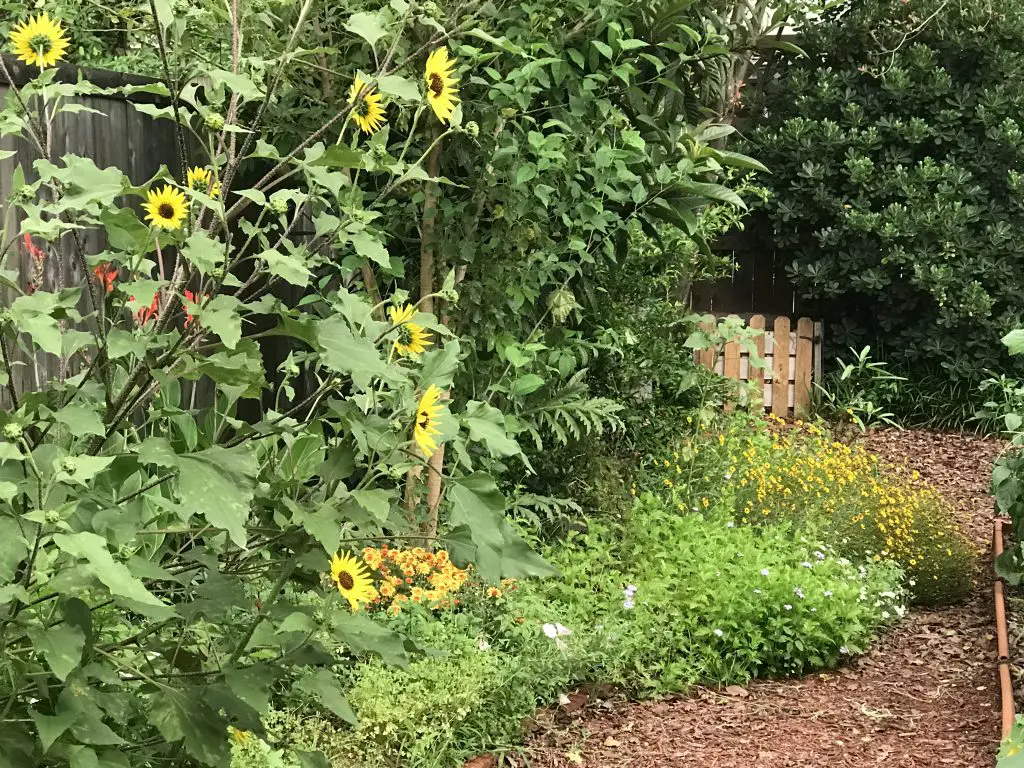
What is the difference between warm and hot seasons?
The warm season, as mentioned above, is when the temperatures are pleasant. The hot season is when the temperatures are higher than 85F (29C) during the day and 68F (20C) at night.
For central Texas, the hot season is the longest and toughest gardening time. Most crops stop production due to the high temperatures. Very few vegetables and fruit survive the summer.
What grows in the Texas spring garden?
Texas spring garden is still growing cool-season crops such as beets, turnips, carrots, leafy greens and brassicas. Most likely it is these crops are reaching maturity and are close to harvest time.
Meanwhile, some warm-season crops are being started indoors with some outdoor transition. These crops are tomatoes, peppers, eggplants, and some flowers. These crops need to be started around January for March planting for production to happen around May before the heat settles in.
What to grow in the hot season?
Right before the hot season kicks in, some crops need to be planted in the ground. Tomatoes and peppers are transplanted into the ground as soon as all threat of frost is gone. Green beans, zucchini, and cucumbers are directly sown.
The hot season is the time to harvest potatoes, onions, and garlic. It is the time to collect seeds from parsley, cilantro, fennel, and brassicas if left to flower.

What are heat-loving crops?
Some heat-loving crops that thrive in summer are eggplants, basil, and okra. There are also some varieties of cucumbers and green beans that tolerate heat and will continue to produce. Corn, melons, sweet potatoes, and pumpkins are hot season crops. Plant them around June to grow through the summer for late summer and early fall harvest.
How to care for the garden in the heat?
To have a successful garden in the summer there are a couple of things to set.
Water
Regular watering is the main issue gardeners face during the hot season. Setting up automated drip irrigation is the best solution. In case you already have a sprinkler system, you may dedicate and switch one zone to a drip for the vegetable garden.
There are also ready-to-use kits that connect to the spigot and are set on a timer. They are very easy to set up, and they help a lot during the dog days of summer.
The best time to water your garden is late evening or early morning. You don’t want to be watering under the sun for your safety and the well being of your garden.
Watering during the day will result in wasting it due to evaporation. It also causes foliage to burn since water droplets on the leaves will act as magnifiers under the sun.
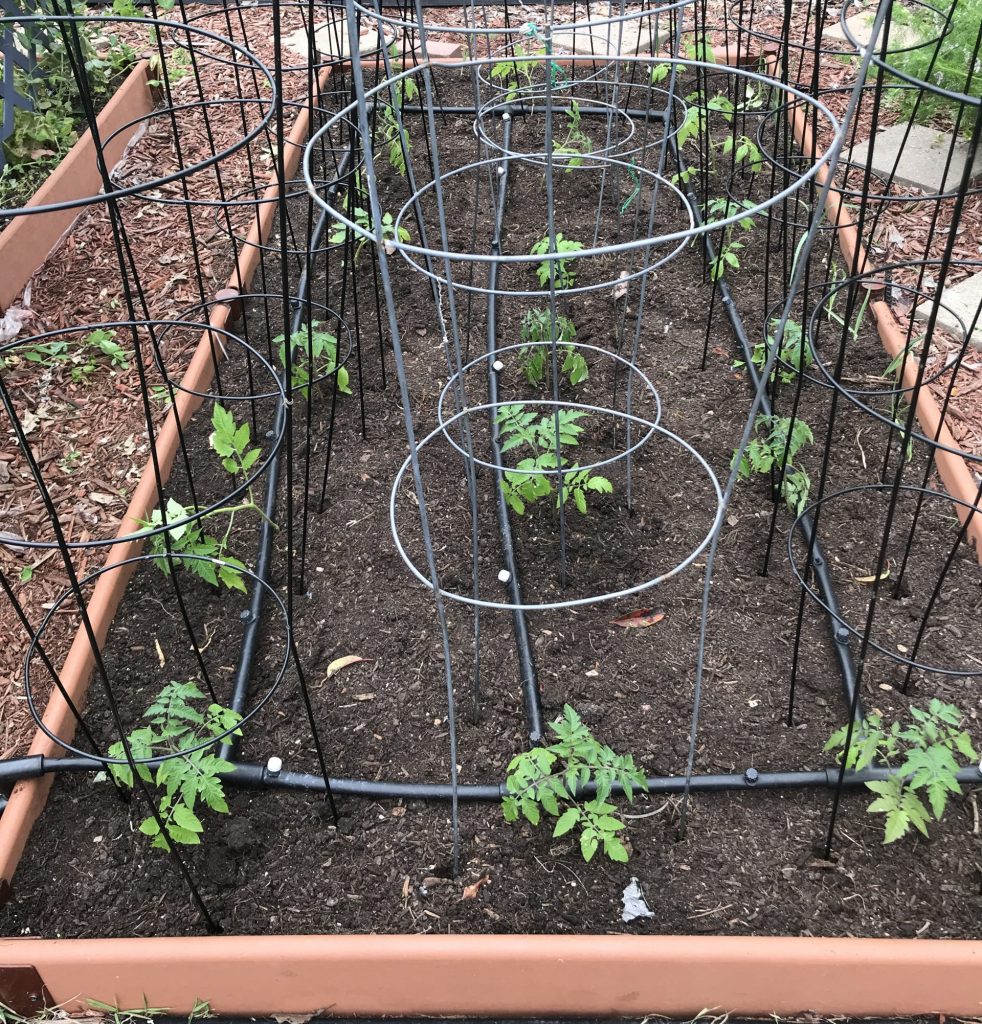
Diseases
It is important to know to monitor your garden’s overall health, and that is by managing diseases that may cause great damage. Observing and regular inspection of your crops are key to get things under control. Some of the common diseases are:
- Blight is a disease that causes the sudden death of plants mostly tomatoes and potatoes. There is early blight, common blight, and fire blight. They all show in the form of brown circles surrounded by yellowing. They spread fast leading to the death of the plant.
- Powdery mildew is a white powdery substance that covers the leaves. It is caused by a high and humid environment. It attacks zucchini, cucumber, and green beans.
- Rust manifests in the form of copper-colored spots on the leaves. It attacks mostly beans.
- Blossom-end rot manifest as a dark spot at the bottom of the fruit. It is caused by the plant’s inability to absorb calcium from the soil due to irregular watering. Maintain a regular watering schedule to keep the soil evenly moist.
Manage diseases by removing infected plants as soon as possible. Sterilize your tools and wash your hand after handling sick plants to avoid further spread. Make notes of the varieties that were sick to avoid them in the coming season.
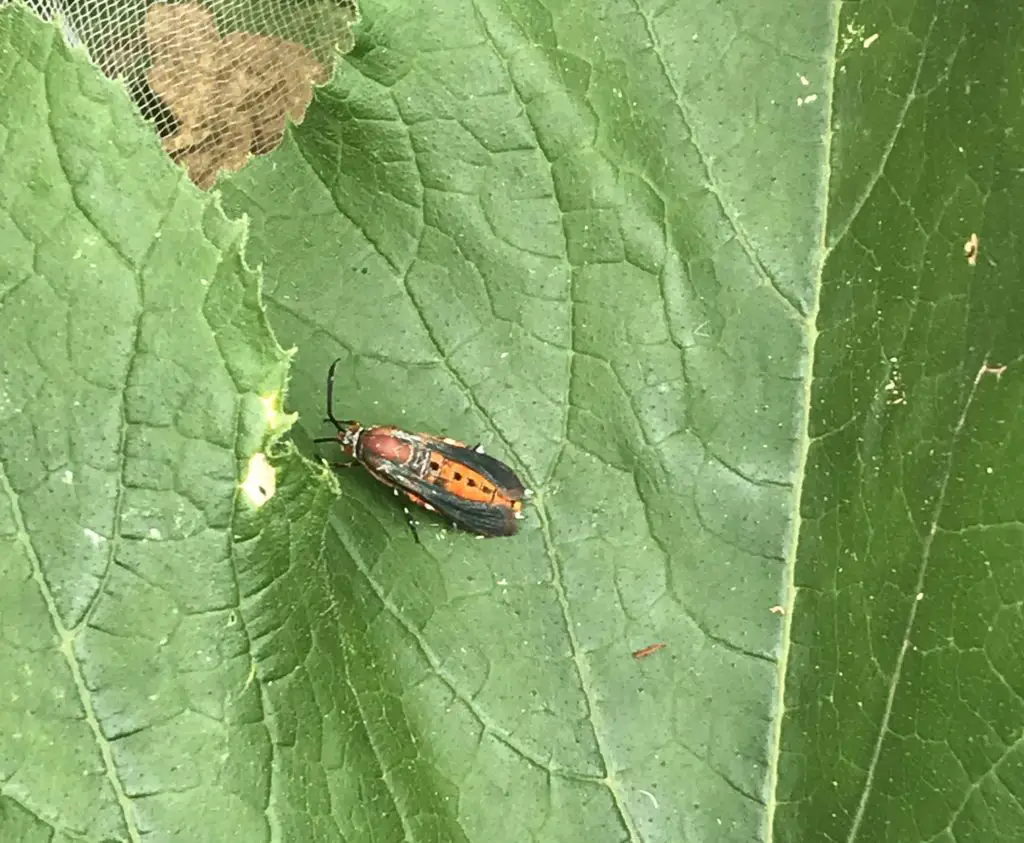
Pests
Summer is the dreaded growing season for the number of pests you need to manage in the garden. Early detection is the first step to get them under control. Use BT or caterpillar killer for soft-bodied insects.
Aphids are small sap-sucking insects. Some are black others are light green to white in color. They congregate at the new growth feeding on the plant’s juices. Wash them with a strong jet of water every other day to dislodge them.
Spider mites are very small insects, red in color, found under the leaf. They suck on the leaf sap until it turns yellow and dries out. Spray them with a solution of neem oil on them every other evening before they take over.
Stink bugs are armor-like bugs that emit an unpleasant scent when squashed. They multiply quickly, and the best way to control them is to catch them and their juveniles early. Knock them down into a jar of soapy water.
Squash vine borer is a wasp-like moth, red in color, with black dots on its back. It lays its eggs at the base of squash plants, where they hatch and bore into the stem, feeding on its inner walls. You will notice a sawdust-like substance on the stem, and eventually, the plant will die. The most effective solution is to use a mesh cover on the plants as soon as you plant them.

Sunlight
It is common knowledge that vegetable gardens require full sun for a great production. In the South, however, the summer sun is too harsh on the plants. They tend to turn yellow and have burnt spots due to low chlorophyll production. The fruit also gets sunscald, which is a pale burnt spot on its shoulder.
Choosing a garden area with some afternoon shade is very beneficial to the summer garden. You can also cover them with a shade cloth as another means of protection.

